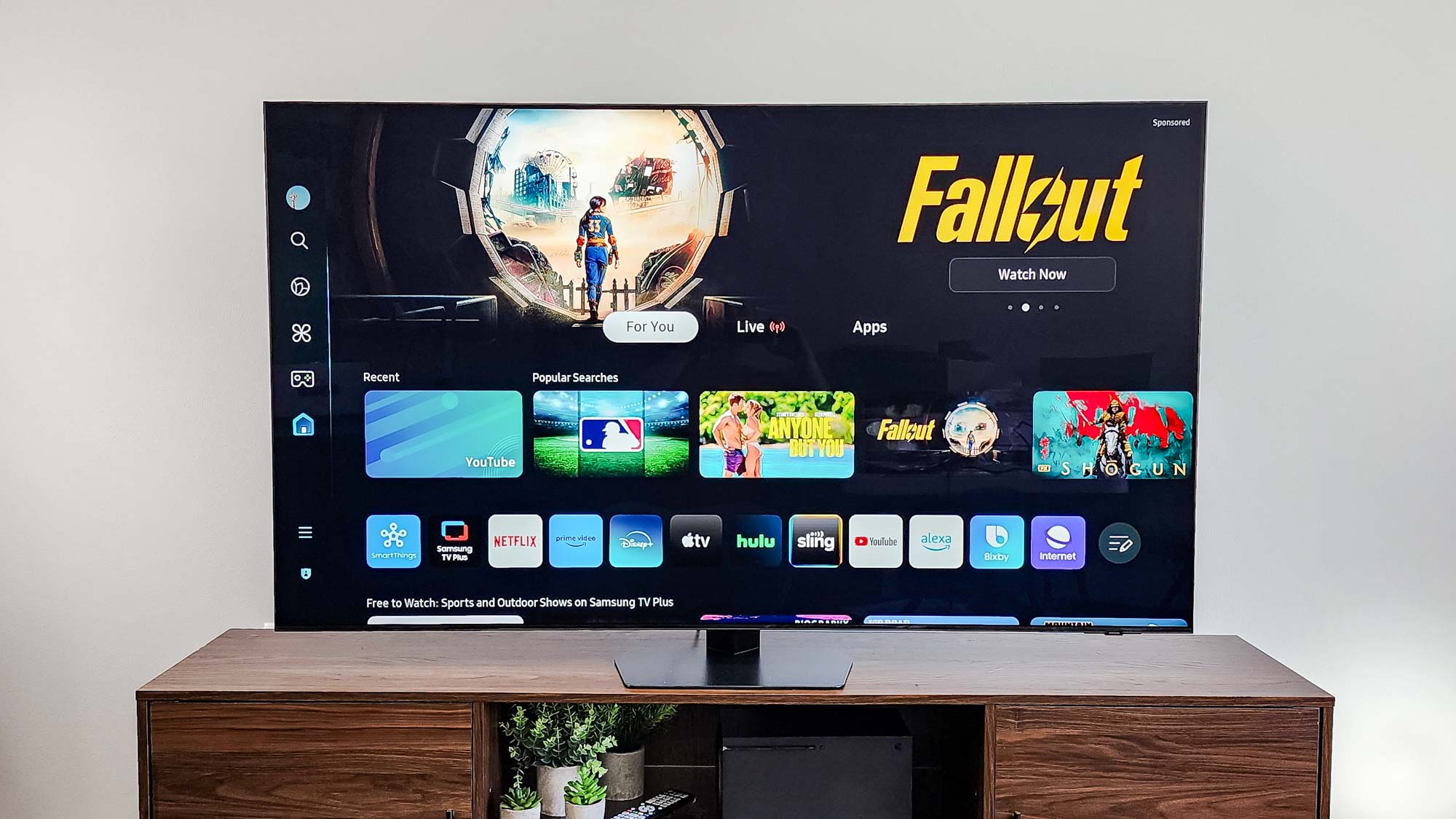Espresso's new 17-inch 4K display is the pro-grade portable I've been waiting for
Bring touch and pen control to any computer — even MacBooks
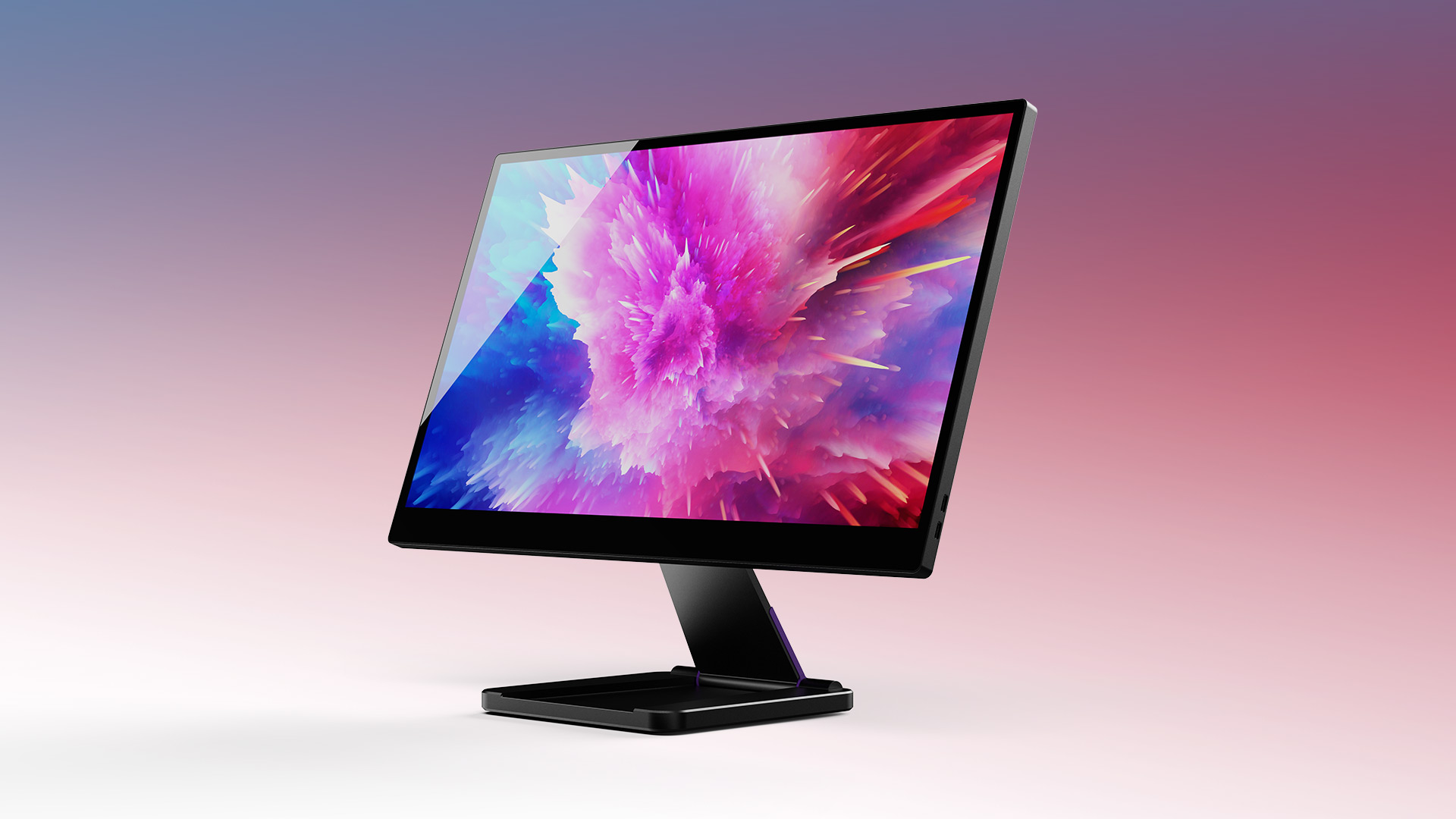
With their Kickstarter origins now well and truly behind them, the Australian portable display pioneers at Espresso Displays are ready to take things up a notch with the arrival of the company's first professional-grade, USB-powered monitor.
Described by its designers as "The world's most powerful portable display," the new Espresso 17 Pro is the company's largest offering to date, boasting a 17.3-inch touchscreen — a significant leap from its predecessor, the Espresso Display V2, which came in 13 and 15-inch variants.
Of course, there's more to the Espresso 17 Pro than its screen size — as its name would suggest, the company's third-generation display is aimed at creatives and professionals, and is said to be the only portable monitor capable of displaying 10-bit color and 100% DCI-P3 color range, making it a reference-quality monitor that's suitable for use in digital cinema production.
In addition to this, the Espresso 17 Pro is also the company's first 4K monitor (previous models topped out at 1080p), and is able to reach a peak brightness of 450 nits.
Espresso 17 Pro: Design
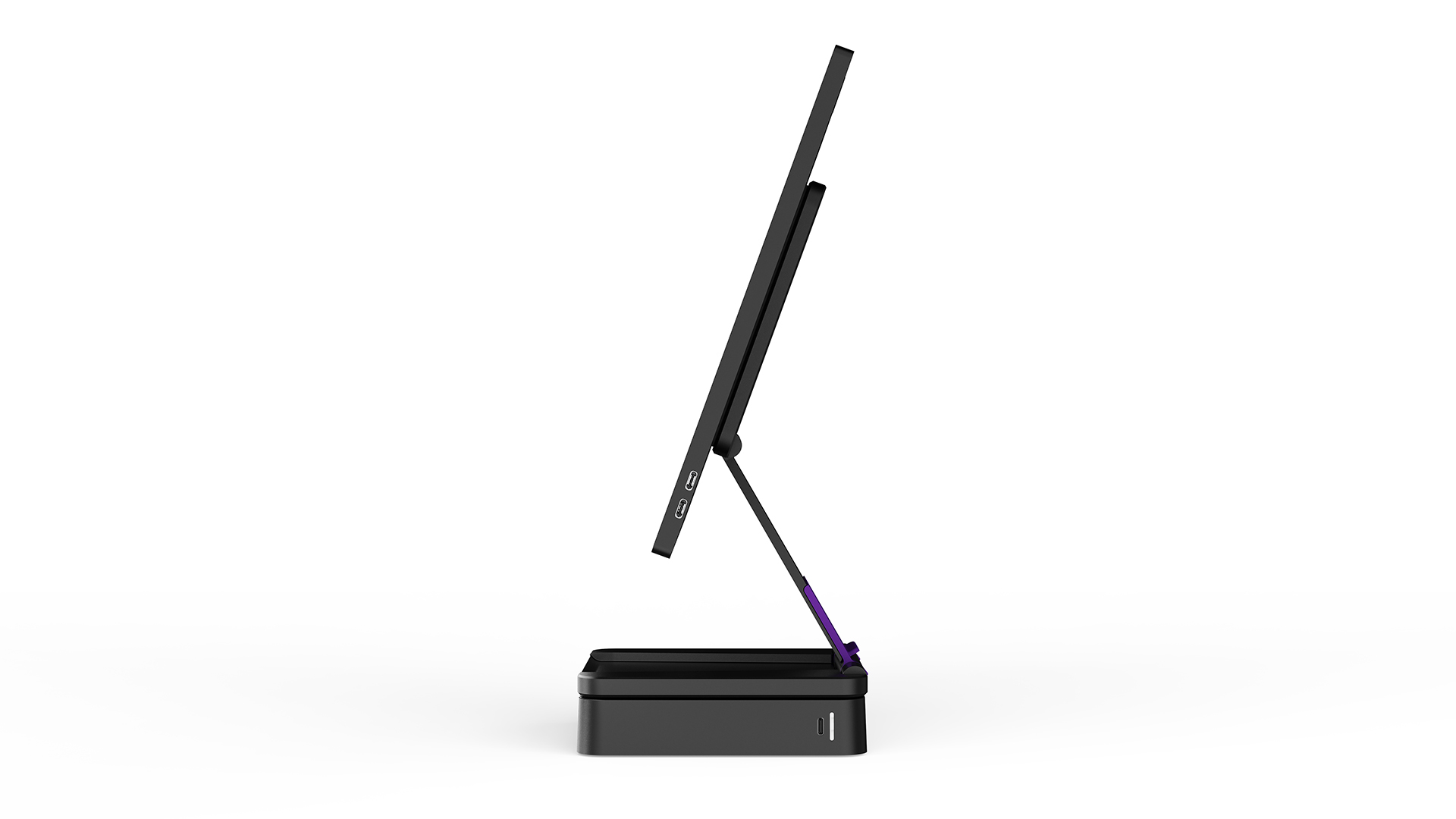
Recently, I was invited to Espresso Display's HQ in Sydney, Australia to get an early look at the Espresso 17 Pro and was surprised by how compact and light the 17.3-inch monitor felt, especially in direct comparison to the 15-inch Espresso Display V2.
Much of this can be attributed to the monitor's sleek new design, which has ditched the iMac-style silver chin seen on previous models. If you're familiar with the V2, simply picture the monitor ending right after the black bezel area.
That said, there is a slight trade-off in that the Espresso 17 Pro is thicker (0.35-inch / 9mm) than the V2 (0.2-inch / 5.3mm). However, with its larger, brighter 4K display, it's something of a miracle that that the Espresso 17 Pro only weighs 2.4 lbs / 1.1kg — an increase of just 8.3 ounces / 235g. We can thank its aircraft-grade aluminum body for that.
Get instant access to breaking news, the hottest reviews, great deals and helpful tips.
Despite all this, what struck me most about the Espresso 17 Pro is how it allowed users to apply touchscreen and pen functionality to any computer or laptop — even Macs.
Espresso 17 Pro: Magic touch
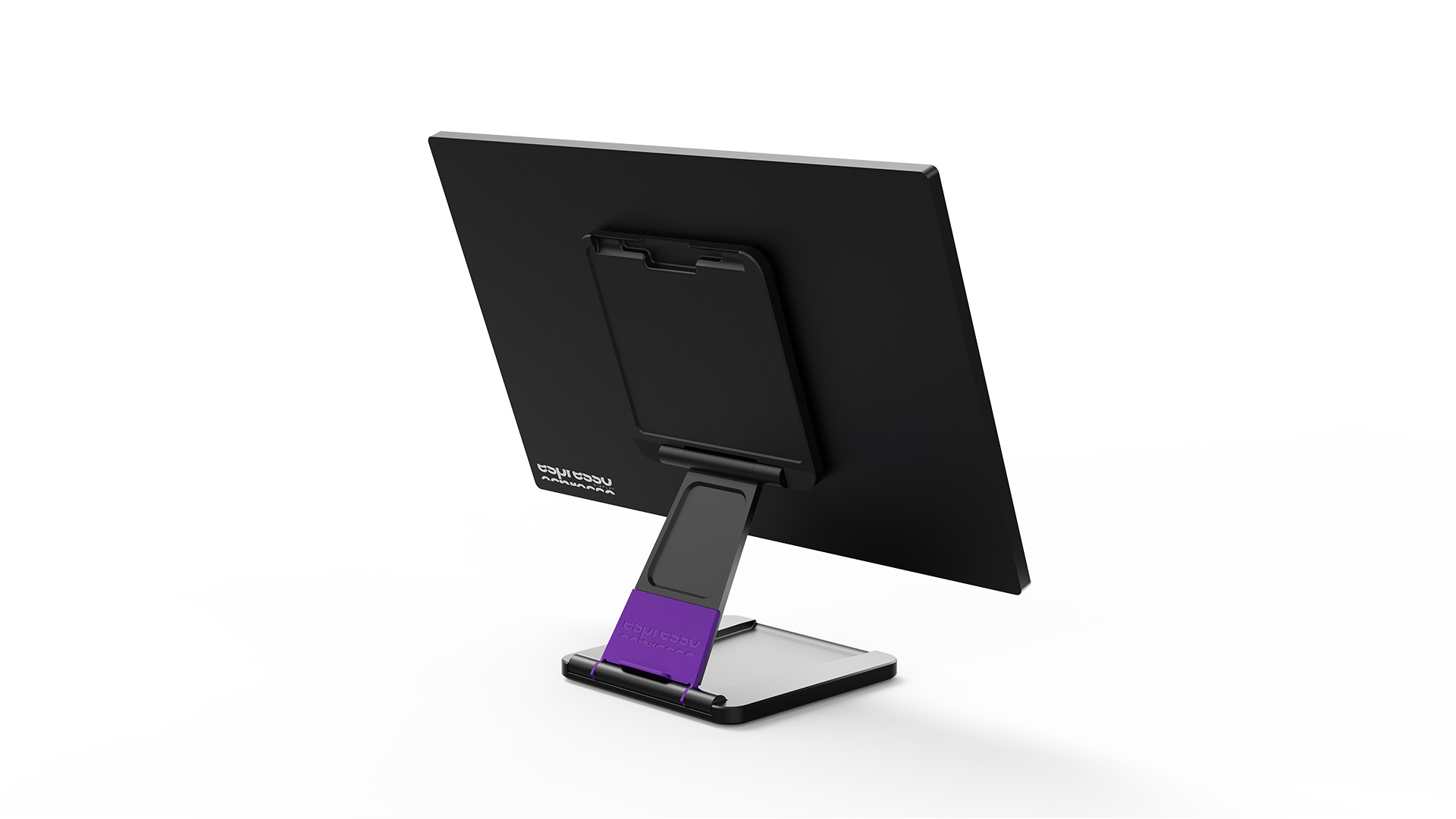
Unlike Microsoft's Surface products, Apple has always resisted touchscreen features in the Mac space. However, the Espresso 17 Pro display gives MacBook users an easy way around this hurdle.
While the Espresso Display V2 already offered a model with basic touch and pen features for use with specific apps, the Espresso 17 Pro takes things a step further with the introduction of the company's new Jot software.
Available as a free download for Espresso 17 Pro users, Jot applies a sort of digital sketchpad over your entire desktop, giving you the ability to annotate and draw over anything on-screen, as well as create screen snips, drag files around and more.
Espresso 17: Portability
Like previous models, the Espresso 17 Pro draws its power from your laptop via USB Type-C connection, allowing for an impressive sense of portability.
In my brief hands-on time with the new monitor, it occurred to me that its light and portable nature would make it perfect for use with the Samsung DeX feature on my Galaxy Z Fold 5.
Sure enough, connecting the monitor to my foldable via USB-C instantly launched the DeX interface, giving me a complete desktop-style experience — I don't even have to carry a laptop to take advantage of the Espresso 17 Pro.
While the Z Fold 5 alone wasn't quite enough to power the new 17.3-inch display, requiring additional juice from Espresso's Charge power brick, I was able to use my device as a large trackpad (and even as a touch keyboard), essentially giving me an instant workstation.
Espresso 17 Pro: Pricing and availability
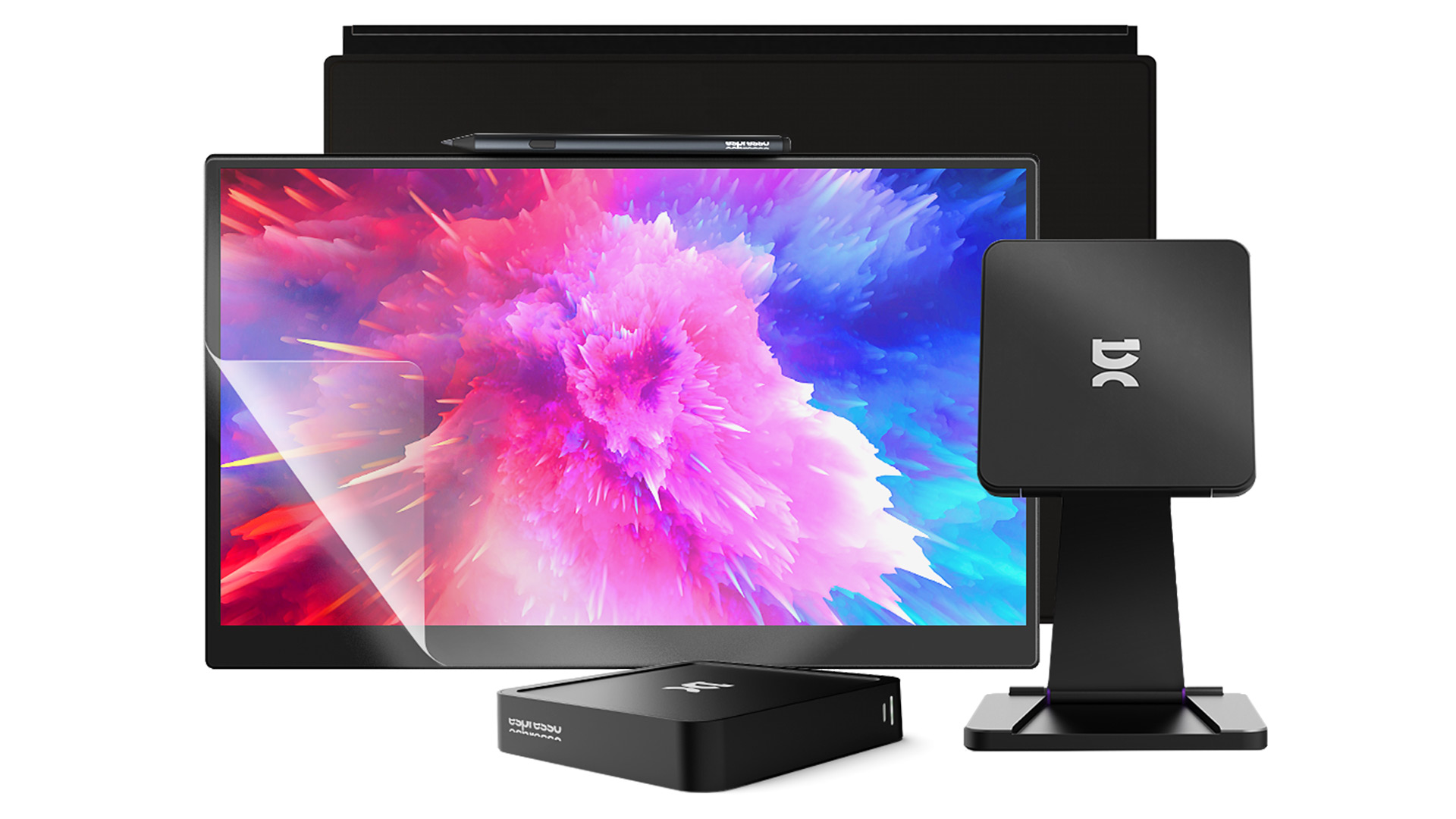
Given its position as a pro-grade offering, it will probably come as no surprise that the Espresso 17 Pro is significantly more expensive than its predecessors, with its pre-order price starting at $999 / £999 / AU$1,499 for the Essentials Bundle, which includes the display and its new magnetic Stand Pro.
For the complete experience, Espresso Displays also offers a Studio Bundle, which is priced at $1,315 / £1,285 / $1,925.
The Studio Bundle includes the Espresso 17 Pro and magnetic Stand Pro, which has a sturdy hinge that lets you lay the screen down to that perfect Wacom-style drawing angle. You also get the company's touchscreen-enabled Pen, an official case, a matte screen protector which provides a paper-like texture for drawing, and Charge, which is essentially a 27,000mAh / 99.6Wh battery pack.

Please note, while the Charge power bank magnetically attaches to the bottom of the Stand Pro, a USB-C cable is still required to power Espresso 17 Pro.
For comparison, the 15-inch 'Touch' version of the Espresso Display V2 is priced at $499 / £479 / AU$749.
Available to pre-order from Espresso Display's website for release this November, the new Espresso 17 Pro monitor seems like a huge step forward for the Aussie company. Its design, features and technical specs have all received a substantial upgrade, and will surely appeal greatly to creatives looking for a professional-grade monitor that they can travel with.
That said, it doesn't come cheap, so portability will have to be a primary concern for anyone opting to buy the Espresso 17 Pro.

Stephen Lambrechts is the Managing Editor of Tom's Guide AU and has written professionally across the categories of tech, film, television and gaming for the last 15 years. Before Tom's Guide, he spent several years as a Senior Journalist at TechRadar, had a brief stint as Editor in Chief at Official Xbox Magazine Australia, and has written for such publications as APC, TechLife Australia, T3, FilmInk, AskMen, Daily Telegraph and IGN. He's an expert when it comes to smartphones, TVs, gaming and streaming. In his spare time, he enjoys watching obscure horror movies on physical media, keeping an eye on the latest retro sneaker releases and listening to vinyl. Occasionally, he also indulges in other non-hipster stuff, like hiking.
